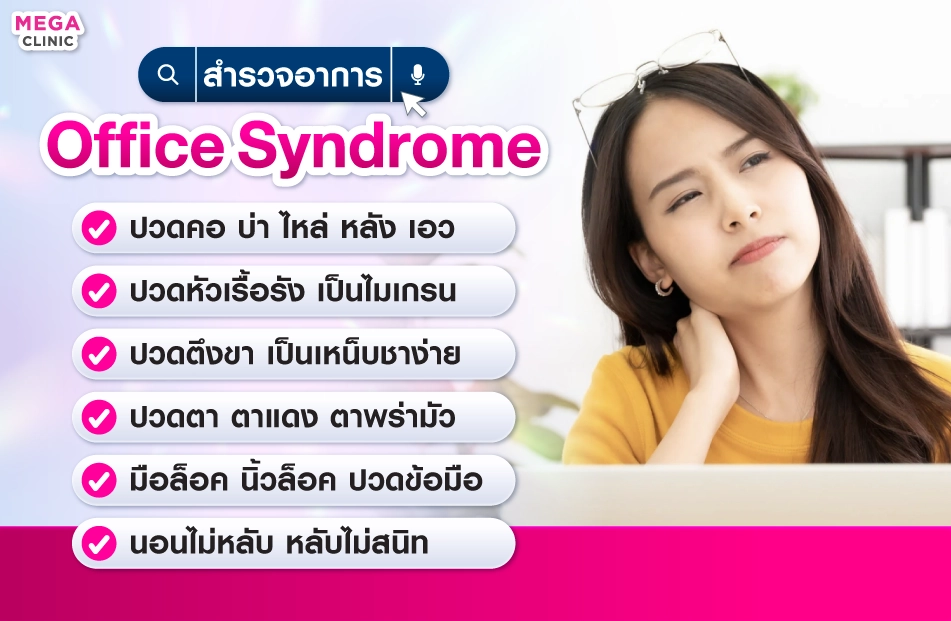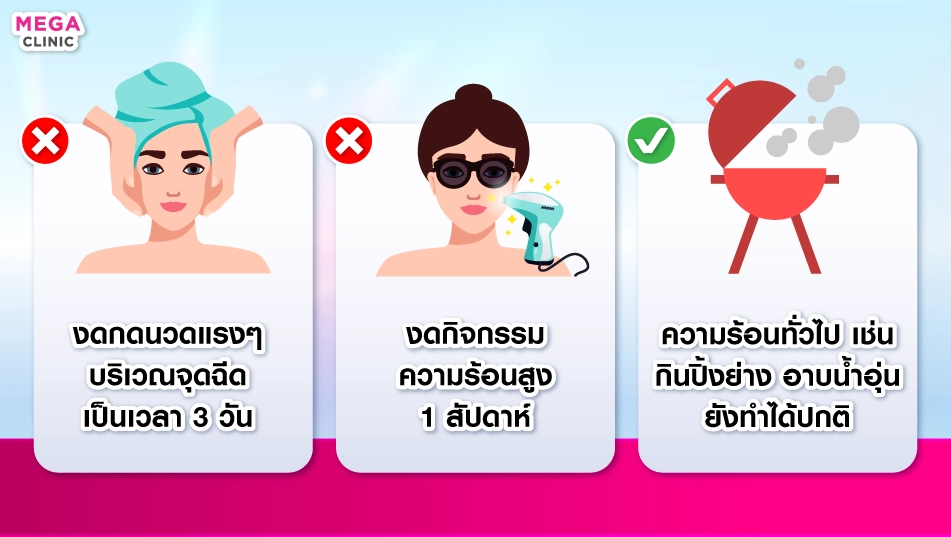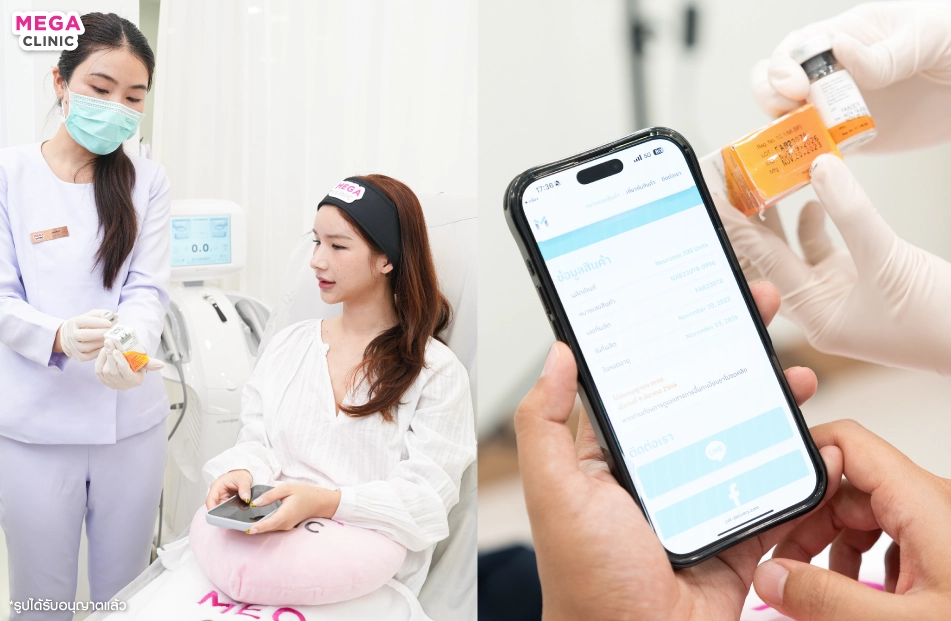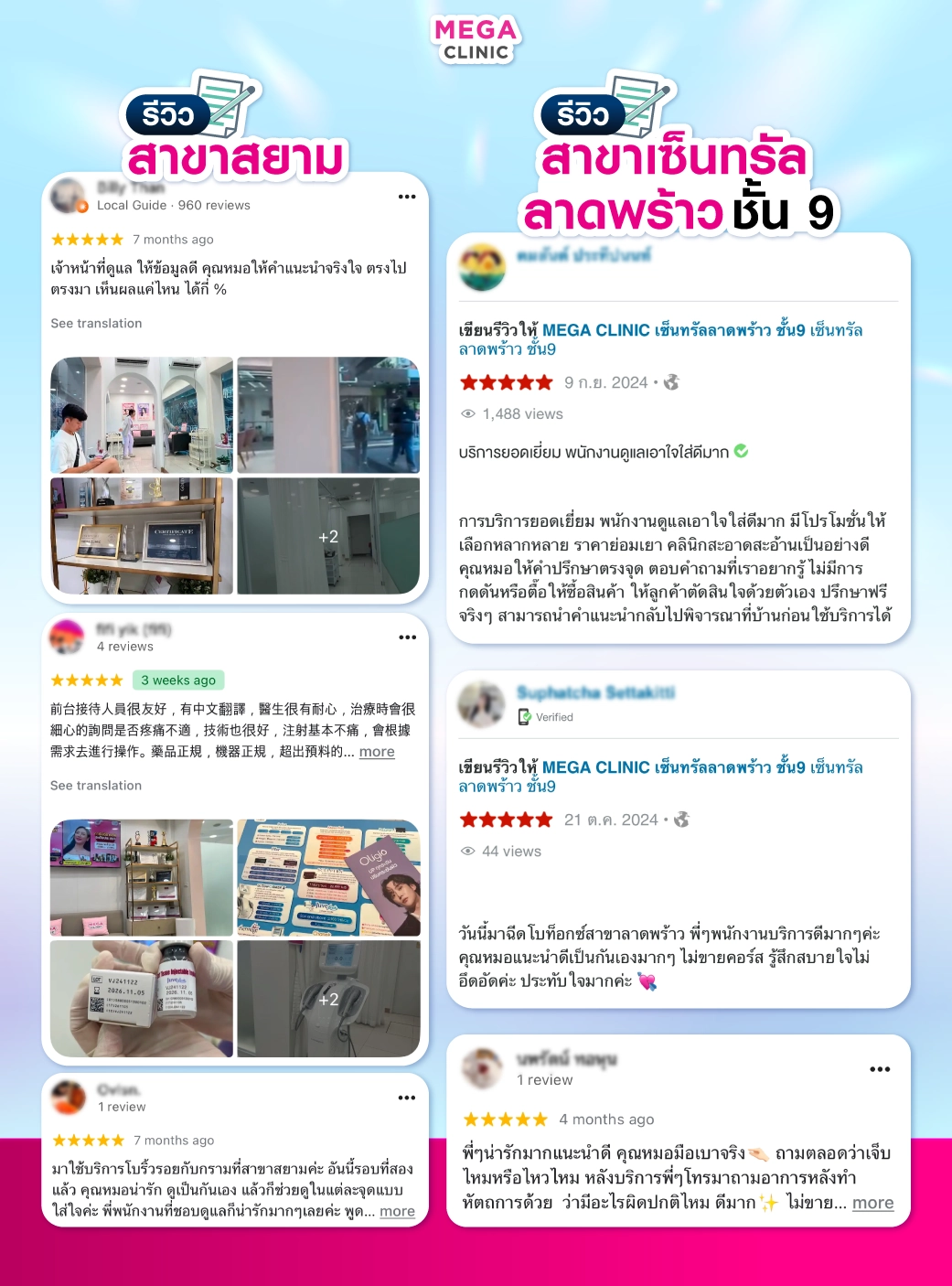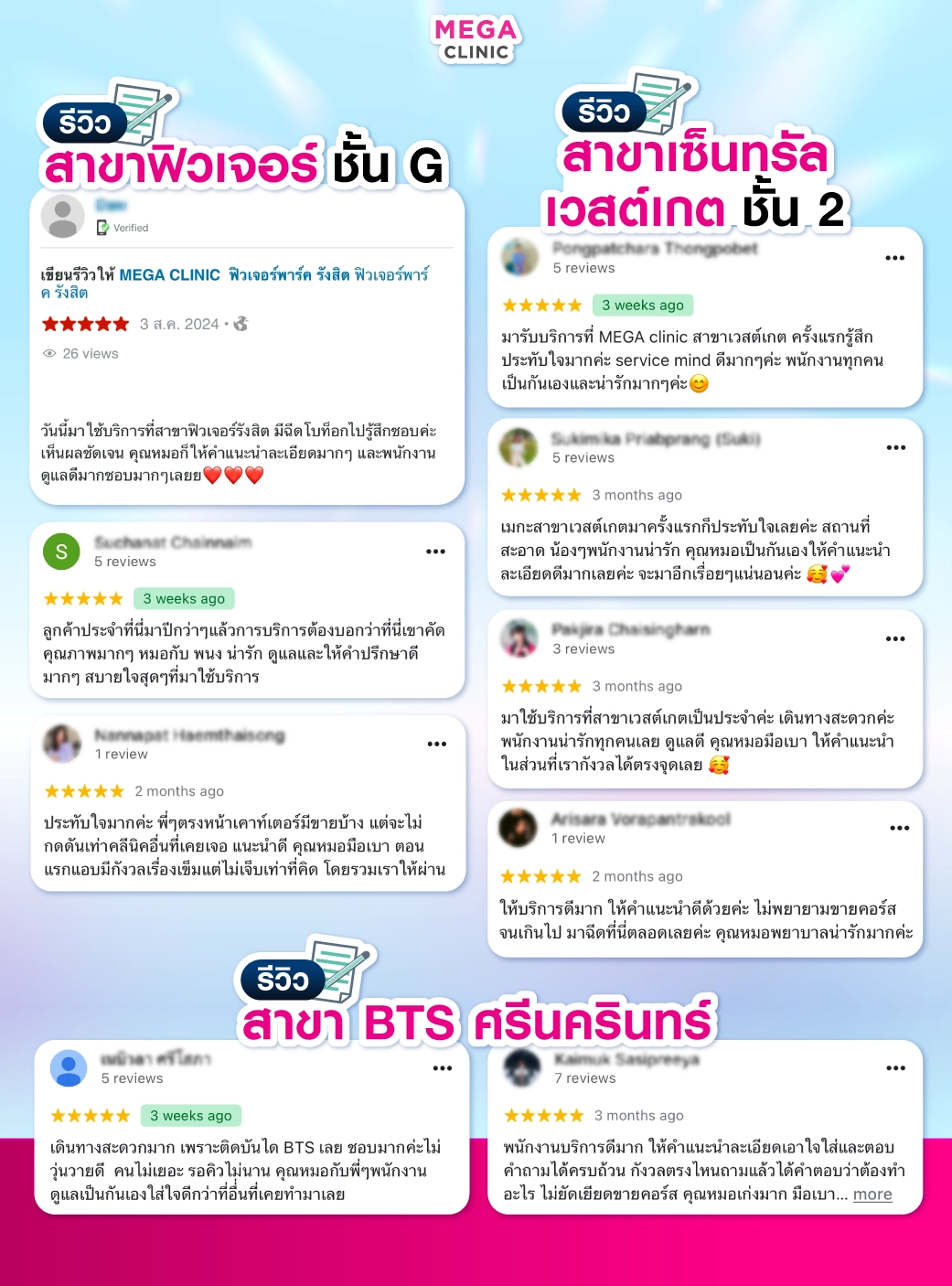“How do you treat Office Syndrome?” That’s a question many office workers ask when struggling with tightness or pain in the neck, shoulders, and upper back after long hours at a desk. You’ve tried resting, stretching but the discomfort won’t go away. Nowadays, Botox injections for muscle relaxation are becoming increasingly popular among working professionals, especially those with chronic pain. Why? Because the results are fast, effective, and safe when done by experienced doctors.
According to Thailand’s Department of Thai Traditional and Alternative Medicine, over 70% of working adults are at risk of developing Office Syndrome, especially those who use a computer for more than 4 hours a day. Poor posture is another major contributor, such as slouching or not adjusting the monitor or chair height properly. These habits force the neck, shoulder, and upper back muscles to stay contracted for long periods, which can eventually lead to chronic muscle tightness and pain.
Office Syndrome symptoms can show up in many ways. The most common include:
Botox for Office Syndrome involves injecting Botulinum Toxin Type A into overworked or chronically tense muscles. The goal is to relieve muscle tightness that causes pain, especially in the neck, shoulders, and upper back, which are the areas commonly affected by Office Syndrome. In some cases, it’s also used to reduce chronic migraines. This treatment is medical in nature, not cosmetic.
Botox works by blocking nerve signals that cause muscles to contract. Once injected, the targeted muscles begin to relax, which helps reduce tightness and pain in the affected area.
For chronic migraines, Botox can also relax the muscles around the head and neck that irritate the nerves responsible for triggering headaches. This can reduce both the frequency and intensity of migraine episodes.
While the substance is the same, the purpose and injection areas are completely different:
Here are the injection points:
Botox treatment for Office Syndrome typically requires between 100 and 200 units, depending on the injection site and severity of symptoms. A doctor will assess each case to determine the right dosage for effective and safe results.
After the injection, muscles gradually begin to relax. Most people notice a clear reduction in pain within 2 to 4 weeks, depending on the injection site and individual body response.
Botox usually provides muscle relaxation for about 3 to 4 months. Over time, the effects wear off naturally as the body breaks down the toxin. The exact duration may vary based on factors like:
Botox for Office Syndrome is not a permanent cure, but it does offer fast and effective relief. If poor habits like sitting in the same position for too long or working in an unsupportive environment continue, the pain may return. For long-lasting results, it is important to combine Botox with proper posture and movement habits. Repeat treatments every 3 to 4 months can help maintain the benefits over time.
Aside from pain relief, Botox for Office Syndrome can also improve your appearance. Injecting areas like the shoulder blades can reduce muscle bulk, making your upper back appear flatter and shoulders look slimmer. Injections around the neck or upper shoulders can also make a short or bulky neck look longer and more defined, creating a natural balance with your facial structure.
Read more: Neck Looks Short? Thick Shoulders? Botox Can Help
In the first few days after your Botox treatment, it's important to avoid certain activities to let the medication work effectively:
Pregnant or breastfeeding women, as well as those with certain muscle-related conditions or who are currently taking specific medications, should consult a doctor thoroughly before getting Botox.
For safe and effective results, always choose a clinic with licensed professionals. Make sure that:
The best way to prevent Office Syndrome over time is by adjusting your daily habits along with treatment. Start with small changes at your workstation:
In addition to posture and workspace adjustments, overall body care also plays a key role:
For treating muscle pain caused by Office Syndrome, we recommend Botox in full vials of 100 or 200 units, depending on your condition and the doctor’s evaluation. At MEGA CLINIC, we offer 6 globally trusted Botox brands, all imported officially:
If you're experiencing chronic tension, stiff shoulders, or ongoing pain that affects your daily life, consulting with a trusted clinic and experienced doctor is an important first step.
Our medical team will assess your symptoms, identify the problem areas, and recommend whether Botox is right for you. Every consultation is completely free of charge.
Massage and physical therapy can help relieve muscle tension temporarily but usually require frequent sessions to see long-term results. Botox, on the other hand, relaxes the targeted muscles for several months. It is ideal for deep or chronic pain that massage cannot fully address or that does not respond to conventional treatments.
You should avoid any strong pressure, massage, or rubbing around the injection site for at least 3 days. After that, you may resume massage or spa treatments, but make sure to inform your therapist to avoid the injected areas.
Yes, some people may feel soreness or mild fatigue in the first 3 to 7 days, especially if the treated muscles were very tight or thick. As the Botox starts working and muscles begin to relax, the body may take time to adjust. These sensations are temporary and usually go away within a few days.
MEGA CLINIC has multiple locations covering key areas in Bangkok and nearby provinces:
For more details or to book an appointment, message our admin team via LINE Official: @megaclinic (with @). Click the green “Add LINE” button at the bottom of the screen.

